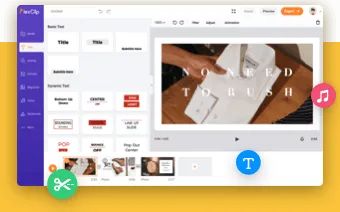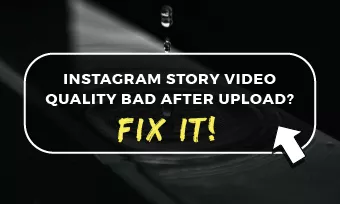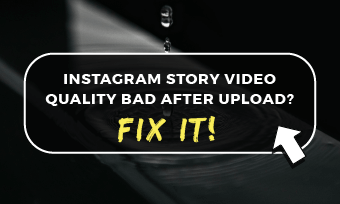How to Do Audio Ducking?
Audio ducking is a compression tool controlled by the output of one audio. When the audio volume reaches a threshold, the other audio volume will be compressed.
Normally, there are lots of desktop applications that allow you to do audio ducking automatically. In case you want to control your own audio files, many easy-to-use video editors can also help you do audio ducking in clicks.
How to Do Automatic Audio Ducking with Premiere Pro
Among all professional video editing applications, Premiere Pro is the most liked tool to do audio ducking. The detailed steps are as follows.
Sensitivity: Sensitivity determines how long the gap between the clips.
Duck amount: Determines how much you want the volume to be lowered.
Fades: The duration of the fade down and fade up.
How to Do Audio Ducking with Adobe Premiere Pro
How to Do Audio Ducking Manually
When it comes to doing audio ducking manually, our recommendation is FlexClip. Split the audio files, adjust their volume, and then export, you can finish doing audio ducking.
The Bottom Line
That’s all for what audio ducking is and how to do audio ducking. If you find this post helpful, please do share it with others.















